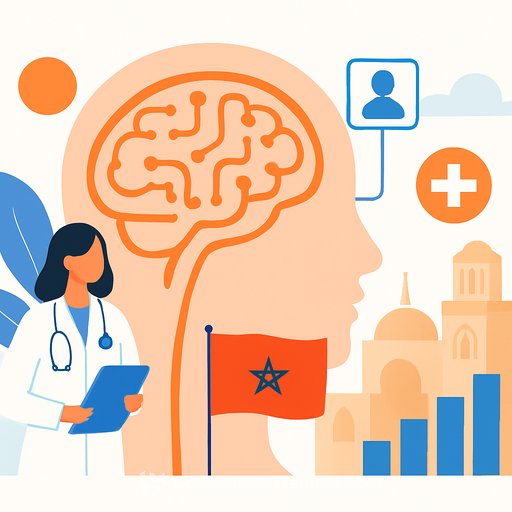Genesis Mission: DOE's AI push to scale U.S. science and competitiveness
The Trump Administration issued an executive order launching the Genesis Mission, a Department of Energy initiative to apply AI and advanced computing to boost American science and innovation. It extends the Integrated Research Infrastructure (IRI) strategy first proposed by DOE in 2020 and advanced under the Biden Administration-an uncommon thread of Trump-Biden-Trump policy continuity.
The signal is clear: leadership-class computing (HPC, AI, and quantum) is now treated as a strategic asset for national security and economic strength.
Scope and intent
DOE says the Genesis Mission aims to double the productivity and impact of U.S. science and engineering within a decade across energy, discovery, and security. Under Secretary for Science Darío Gil will lead the effort.
The plan centers on an integrated discovery platform linking supercomputers, AI and quantum systems, and advanced instruments across the national lab network. DOE describes the end state as the most complex and capable scientific instrument ever assembled, activated by roughly 40,000 DOE researchers and engineers working with industry and academia.
What's new vs. IRI
Details will evolve, but the direction is familiar to anyone tracking IRI: cross-facility data and compute, shared services, and tighter lab-industry collaboration. Expect emphasis on workflow portability, security-by-design, and scaling AI-for-science methods from prototypes to production environments.
For researchers, this points to faster experiment-compute feedback loops, multi-site scheduling, and common interfaces for data, models, and instruments.
Who's involved
All 17 U.S. national labs will participate alongside universities and industry partners. The Genesis Mission site lists collaborators including Google, Anthropic, NVIDIA, AWS, AMD, Microsoft, IBM, and OpenAI. Cornelis Networks has been selected to support the effort. Intel is notably absent despite the Administration's stake; participation may surface later.
Policy context
The announcement builds on President Trump's executive actions to remove barriers to AI leadership and reduce dependence on foreign adversaries. It continues the IRI trajectory toward a national fabric of compute, data, and instruments accessible across disciplines.
Background on IRI is available from DOE: Integrated Research Infrastructure. For context on the lab ecosystem: DOE National Laboratories.
Focus areas
- Energy: Accelerate advanced nuclear, fusion, and grid modernization with AI-assisted design, control, and reliability.
- Science: Build the quantum ecosystem through co-development of hardware, software, and applications.
- National security: Develop AI technologies for mission assurance, stockpile safety and reliability, and defense-ready materials.
What leaders said
Under Secretary Gil described a closed-loop system that links facilities, data, and computing into a single instrument intended to double R&D productivity and attack problems previously out of reach.
Secretary of Energy Chris Wright framed the effort as a call to national labs and industry to ensure U.S. leadership in AI and spark a new era of American discovery.
Implications for researchers and lab managers
Prepare for deeper integration across facilities and teams. The near-term wins will come from workflow orchestration, data readiness, and model assurance that translate lab demos into repeatable, auditable production science.
- Inventory domain datasets and instruments; tighten metadata, lineage, and access controls.
- Map workloads to accelerators and memory/I-O; identify bottlenecks in storage, networks, and scheduling.
- Pilot cross-facility workflows (e.g., experiment control + surrogate models + HPC validation) with reproducible pipelines.
- Adopt model governance: uncertainty quantification, verification/validation, bias/risk assessments, and registries.
- Plan for secure collaboration: data classification, export controls, SBOMs, and policy-conformant sharing.
- Invest in skills: scientific ML, AI for experiment planning, active learning, and workflow engineering.
Funding and collaboration outlook
Watch for calls that prioritize AI-for-science, digital twins, automated experimentation, and materials discovery at scale. Vendor collaborations will likely emphasize co-design, interconnects, memory hierarchy, and software stacks that bridge HPC, AI, and quantum.
If your team is building an AI skills baseline across roles, see curated options by role here: AI courses by job.
Bottom line
Genesis Mission signals durable federal backing for AI-enabled science. For labs and research teams, the advantage goes to those who are data-ready, workflow-centric, and disciplined about model quality and security from the start.
Your membership also unlocks:




